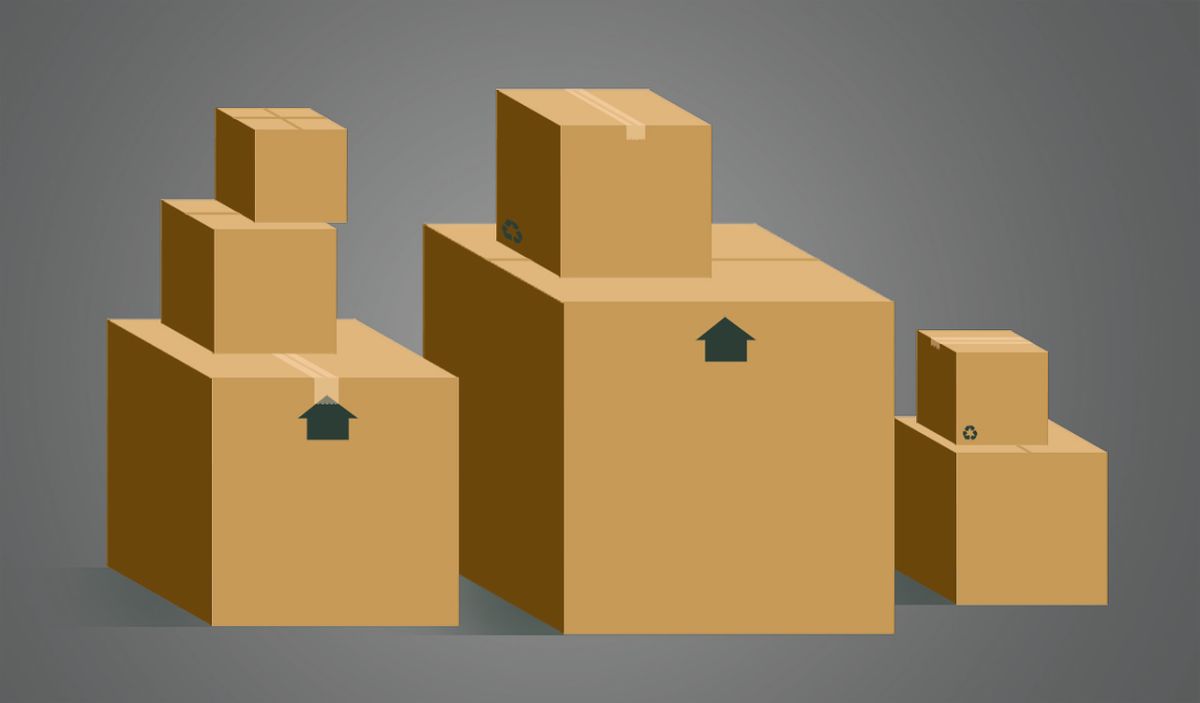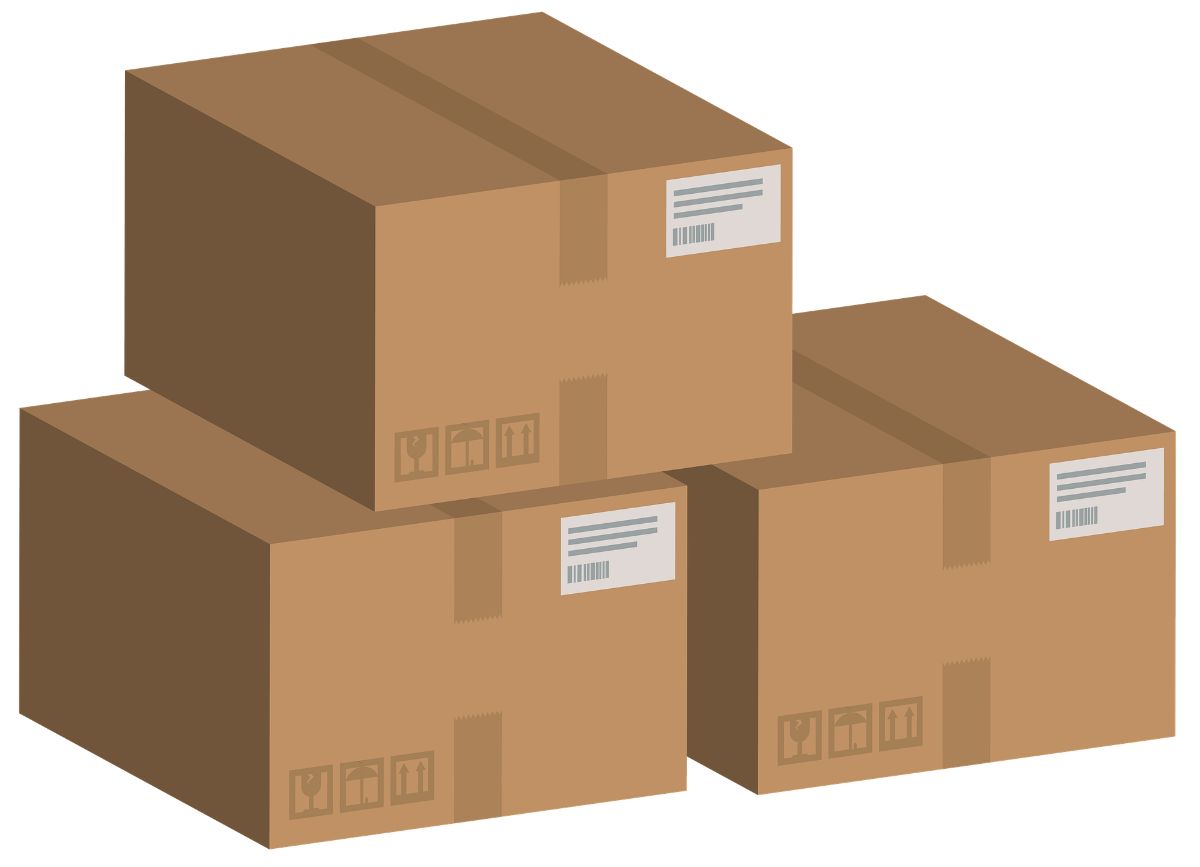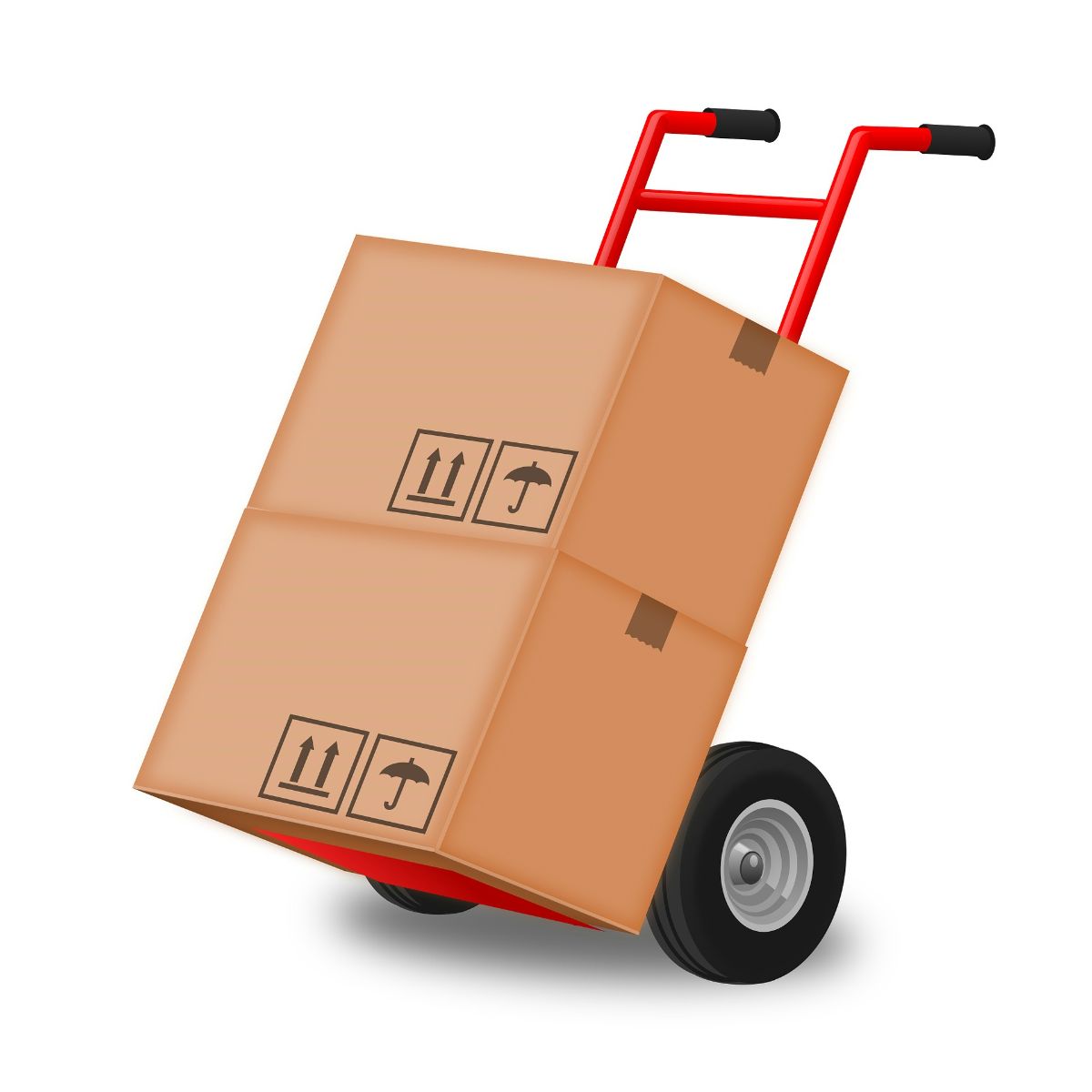
If you own an eCommerce or a physical store, you may know what picking and packing is. However, many times these terms are not known, and are even confused or thought to be the same. when it really isn't.
If you want to know what they are and how important they are for a business, then you have come to the right place because we are going to try to explain it to you as easily as possible.
What is picking and packing

It seems like a compound term. But actually picking is one thing and packing another. As you will have verified, they are words that come to us from English and that we have adopted in that same terminology, although in reality they have their meaning in Spanish.
To start with, let's go with picking. This word means in Spanish "order pick up". Is related to a management of all the products to be transported together.
We are going to put an example. Imagine that you go to a butcher shop and ask for half a kilo of meat, 2 chickens, a piece of bacon and 4 chops. The safest thing is for the butcher to be ready to take all those products that are going to be taken by the same person and will arrange them to be transported in the same bag.
Now imagine the same in an online store. The safest thing is take a box and put everything you have asked for to receive it together.
Well, that's picking, order management, where all the products that are part of that order that has been made are collected and grouped because they are going to be sent together.
We already have picking. So what is packing? In Spanish means packaging and it has to do with the process of preparing products for shipment. Let's go with another example. Imagine that you buy 6 mini plants at a plant store. The picking process would be take one of each plant you ordered and place them together because they are going to be sent to the same place.
The packing process would be in charge of taking these little plants, placing them in a certain way so that they will not break, fall or dry out and put them all in a wrapper and this in a box where the name and address of the package will appear. (which will be the one who made the order in most cases).
Differences between picking and packing

Although through the examples you have been able to see what the differences are between picking and packing, we are going to clarify them a little more.
The picking:
- It is a process that it is done before packing.
- It involves walking and/or moving because products can be in multiple locations.
- Requires a previous planning.
- The order is not a set, but a selection of products.
The packing:
- It does after picking.
- Does not require travel.
- No need to plan. It is actually a packing process.
- Use additional materials, such as boxes, tape, labels, etc.
- Verification is done. Not only that the products they have ordered have been chosen, but also in terms of volume and weight to be able to pack them.
- An identification label and another with the data for the person are added to whom the packet is addressed.
Types of picking and packing

You already have it much clearer. But even so, surely in your head you have thought about how picking and packing is carried out. When the company is small and there are hardly any orders, this it is done manually and by one person which is the one that does both the picking and the packing.
However, when many orders start to come in, it is possible that there is a person in charge of collecting the products of orders and another one that is in charge of assembling the packages.
Within picking and packing there are several ways to carry it out. These are:
- Manual picking: when it is done physically by one or more people.
- Automatic: when it is done using robots that are responsible for collecting the products. An example could be automated pharmacies, where when the reader reads the prescription, a mechanism is set in motion to dispense the box of pills. Thus, the pharmacist only has to collect the boxes that have fallen into a box, put them in a bag and charge the customer.
- Mixed: As its name indicates, it would be the one that combines part machine (automatic) and part manual (human).
In the case of packing, we find:
- Primary. Where the packaging is in contact with the product. An example would be that you ordered a package of candy and they just put it in a box and sent it.
- Secondary. When the packaging has several identical products. An example would be that instead of a package of goodies you ordered 10.
- Tertiary. In this case, they are special packaging that seeks to preserve the products. For example, when you order a kilo of prawns from an online fishmonger.
How to achieve fast and efficient picking and packing
If you feel reflected in this work, you may be in charge of either one process or both. But how can you be faster at it? We give you some advice.
- Try to have everything in one place. In this way, when you have to collect the products you will not have to move and you will save a lot of time. Obviously, this cannot always be achieved, but over time you will see what they ask for the most and thus you will be able to know how to manage your warehouse or warehouses.
- Form a chain of work. In this way, if you provide it with two workers, while one collects the other, it can be creating the packaging and entering the orders, which will go faster.
- Always have what you need at hand. This is especially in terms of packing since it is the one that requires boxes, envelopes, paper, bubble wrap...
- Always keep track of stock. To avoid running out of products that may be part of orders and you cannot satisfy them 100%.
Is it clear to you now what picking and packing is?